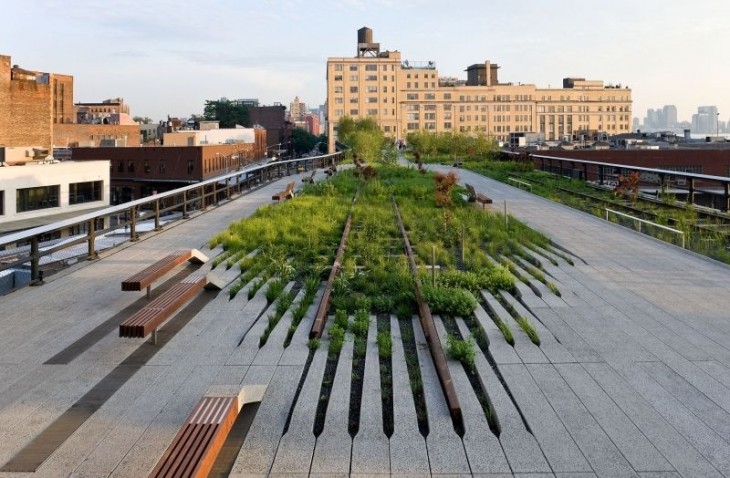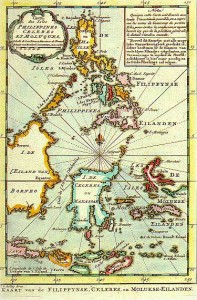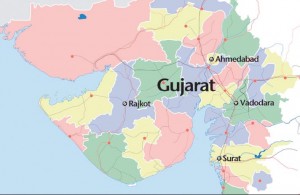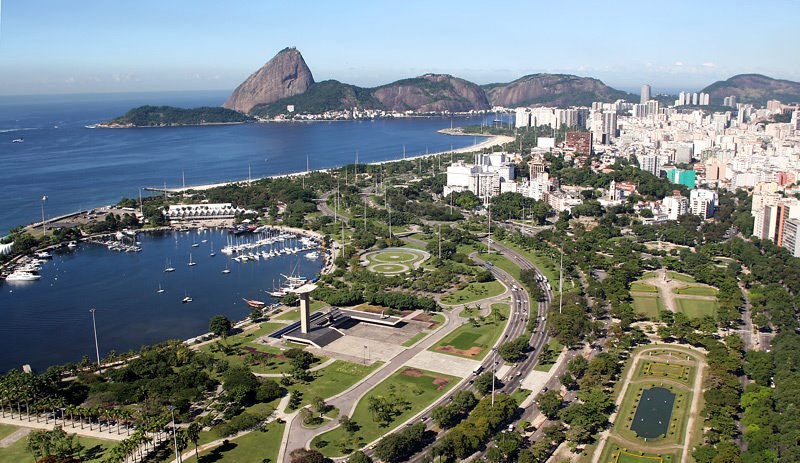The practice of urbanism has evolved throughout the history parallel to the relevant economical activities. The city, by definition is a permanent human settlement, and the activities of humans have shaped the planning and the construction of these settlements throughout different eras. If these eras are to be categorised under three titles, the leading economic activity would be providing the names. The agricultural era, the industrial and the informational.
Our urban civilisation of today, seems to have alienated us from the nature. We have to make journeys inside our urban environment in order to access pieces of natural land, that are enclosed with fences in our concrete habitat. For long years, the conviction was that the urban society does not make part of the natural processes. The only solution for the individual to “turn back to his roots” was to leave his urban environment to discover the “wilderness” of the unspoiled land. Today’s ideological shift on understanding man’s presence in nature, helped designers to develop new solutions on how to design the post industrial city. Man, therefore his activities, are indeed part of the natural processes. Therefore, how do we integrate the complex living systems of the ecology into our contemporary urban culture?




